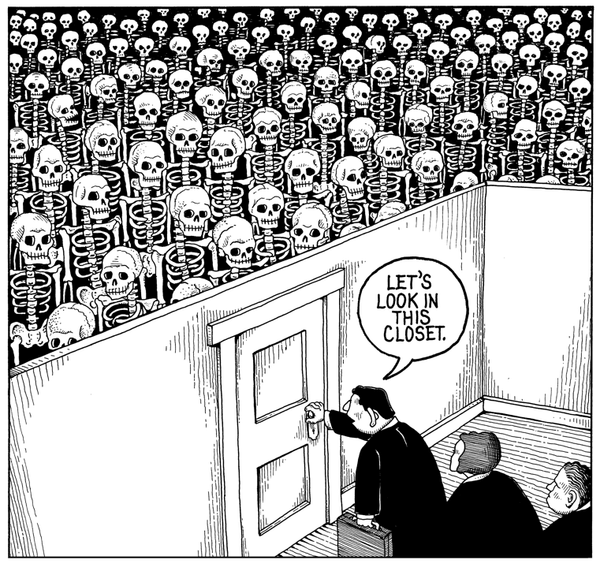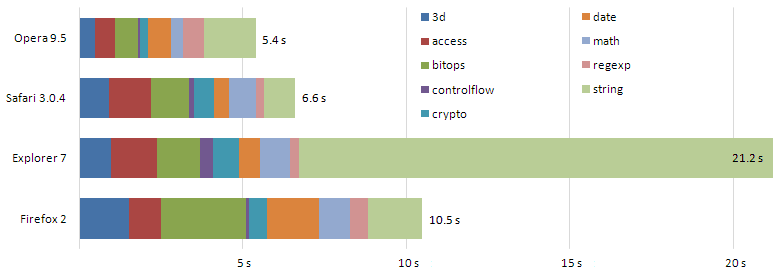
software development
The Magpie Developer
I’ve often thought that software developers were akin to Magpies, birds notorious for stealing shiny items to decorate their complex nests. Like Magpies, software developers are unusually smart and curious creatures, almost by definition. But we are too easily distracted by shiny new toys and playthings. I no longer










